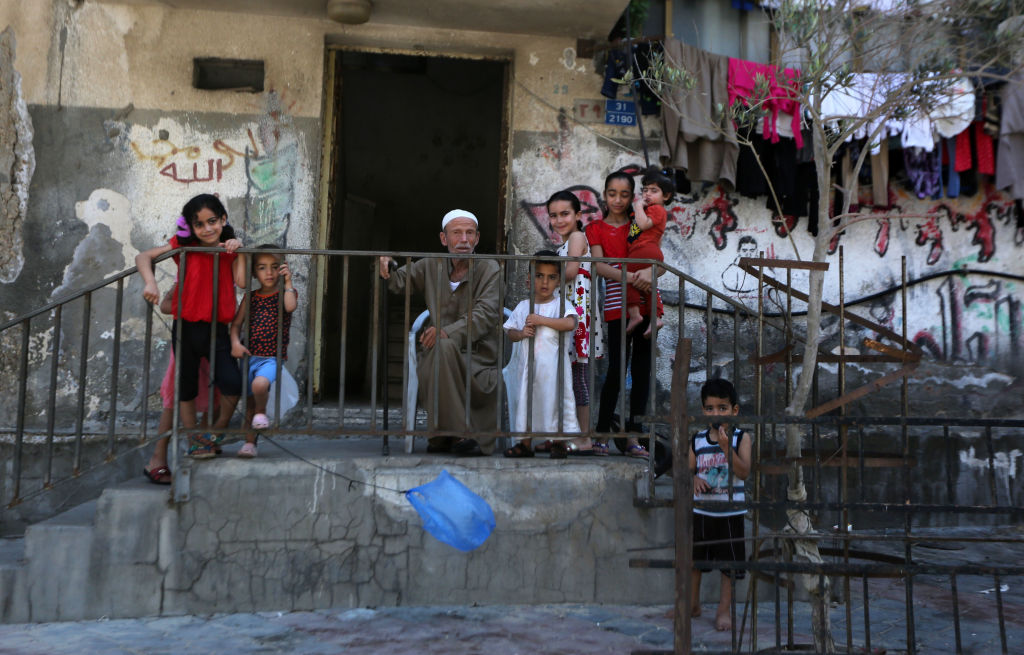The Palestinian Authority boycotted the US-led international conference held in Bahrain in mid-June on the economic aspects of the US Middle East peace plan. PA President Mahmoud Abbas made the decision to reject the US proposal—which would have provided around US$50 billion towards improving healthcare, education, investment and infrastructure for Palestinians—even before it was released. He also launched a campaign of intimidation against Palestinian businesspeople who attended the summit. The PA’s intelligence forces arrested one of them, Salah Abu Miala, on his return to the West Bank city of Hebron, while another reportedly went into hiding.
US pressure led to the release of Abu Miala, but the message to Palestinians was clear: those who dissent from Palestinian orthodoxy and seek to normalise ties with Israel in the interests of peace and prosperity will be punished.
The old guard of the Palestinian leadership has for decades relied heavily on international aid, but that funding is now drying up as more and more countries place conditions on it. For example, both Australia and the US have refused to directly fund the PA because it continues to make salary payments to terrorists and their families.
The Trump administration is offering the Palestinians an economic model that would end the reliance on aid. The plan aims to more than double Palestinian GDP, create a million new jobs, and reduce poverty in Palestinian areas by 50%. Infrastructure projects under consideration include desalination and energy plants and a road and rail corridor between Gaza and the West Bank. More than half of the funds would be spent on Palestinians in the West Bank and Gaza, with the remainder divided among Egypt, Jordan and Lebanon for the Palestinians living in those nations.
Read the article by Sharyn Mittelman in The Strategist.

